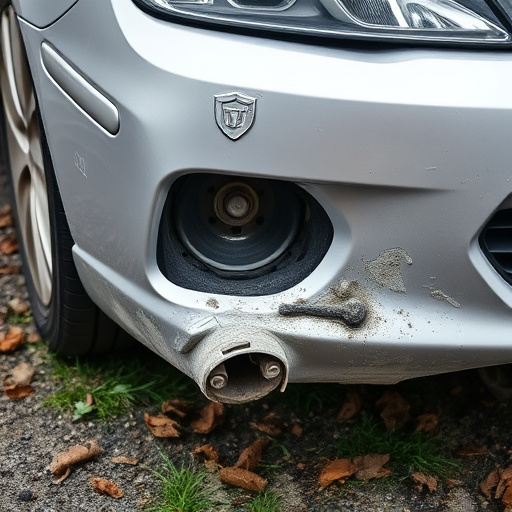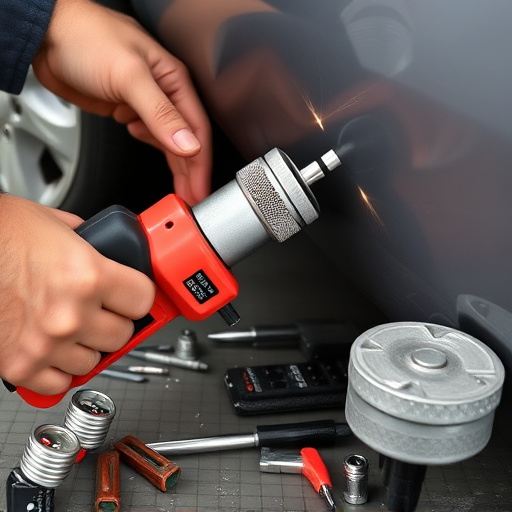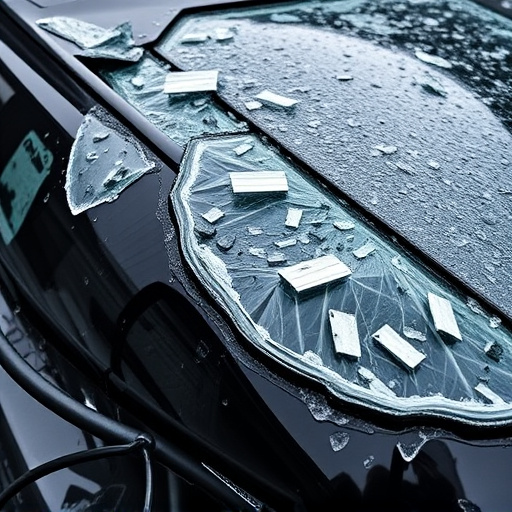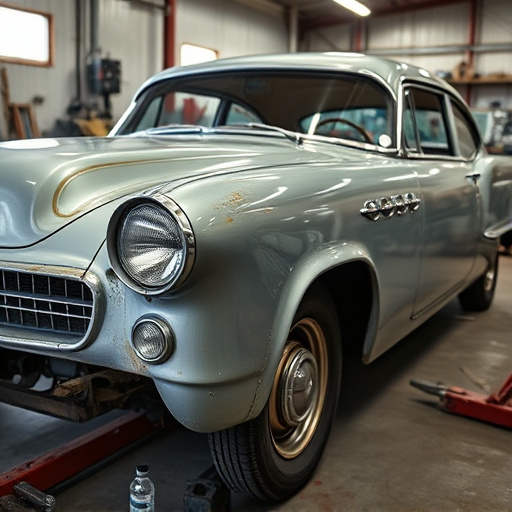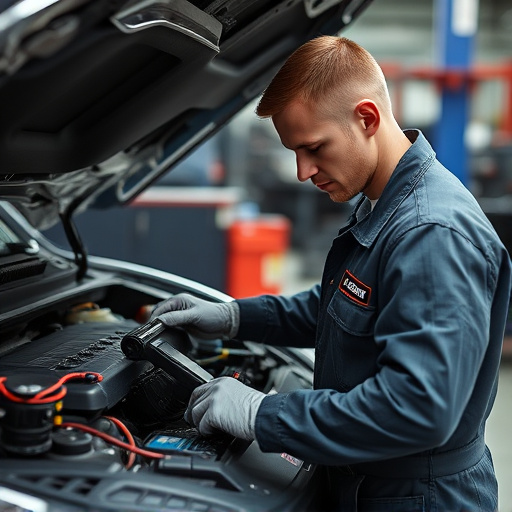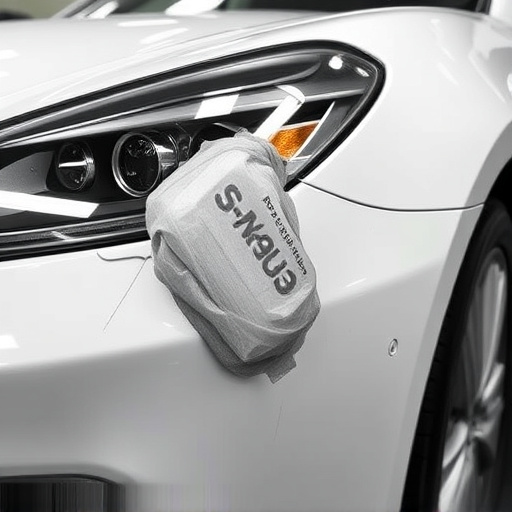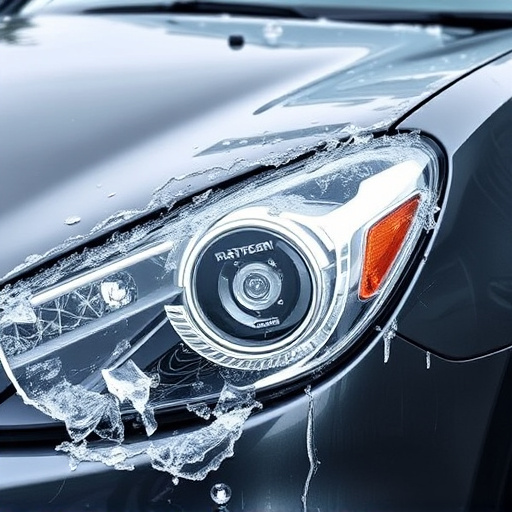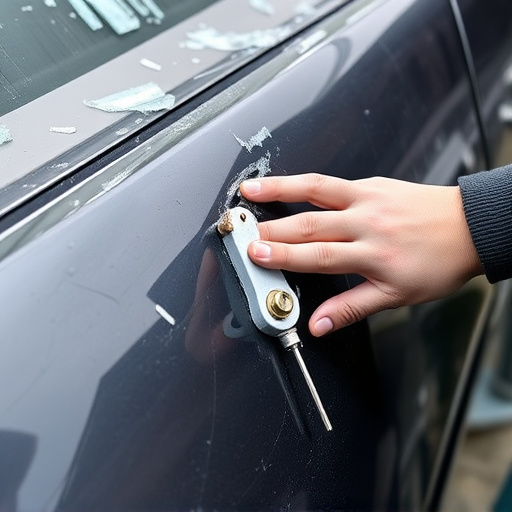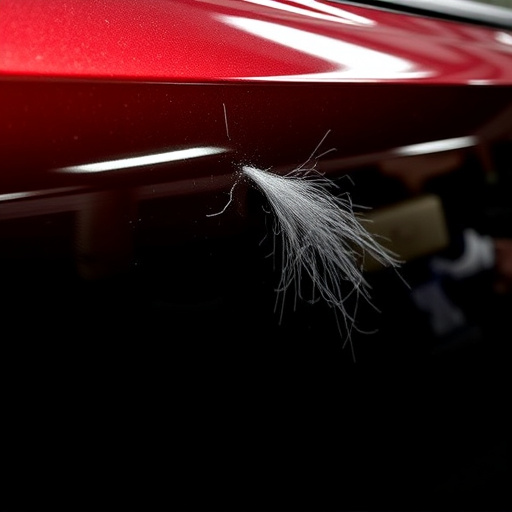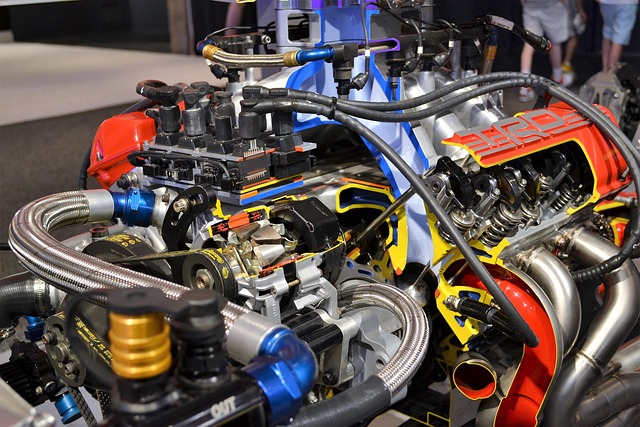Mercedes rims can suffer damage from road hazards, ranging from scuffs and dents to severe cracks. Minor issues may be straightened but severe damage often requires replacement for safety and structural integrity. Professional auto repair shops offer expert assessments and durable solutions for Mercedes rim straightening or replacement, ensuring vehicle safety, reliability, and aesthetic appeal. Consulting a car body restoration specialist helps determine the best course of action: repairing or replacing the rim based on aesthetics, safety, and performance capabilities.
Mercedes rims, known for their precision and quality, can suffer damage over time. While straightening is a common repair method, it’s not always the best solution. Understanding when a rim has sustained too much damage for effective straightening is crucial. This guide explores Mercedes rim damage, cases where straightening falls short, and clear signs indicating a replacement is necessary. By understanding these factors, owners can make informed decisions for their vehicle’s wheel well-being.
- Understanding Mercedes Rim Damage
- When Straightening Is Not Enough
- Signs It's Time for a Replacement
Understanding Mercedes Rim Damage

Mercedes rims, known for their precision engineering and sleek design, can suffer damage from various factors, including vehicle collisions, curbs, or road debris. Understanding the types of rim damage is crucial in deciding whether to replace or straighten a Mercedes rim. Cracks, buckles, or deformations that extend into the rim’s structural elements often indicate severe damage. These issues not only compromise the aesthetic appeal but also raise safety concerns, as weakened rims might fail during driving.
In contrast, minor scuffs, dents, or light bends can sometimes be effectively straightened without impacting the rim’s integrity. Mercedes rim straightening is a specialized process that realigns the metal to its original shape. However, for more extensive damage, particularly after a severe vehicle collision repair, replacement might be the safer and more reliable option. Auto painting services may later be required to match the new rim’s finish with the vehicle’s overall aesthetic.
When Straightening Is Not Enough
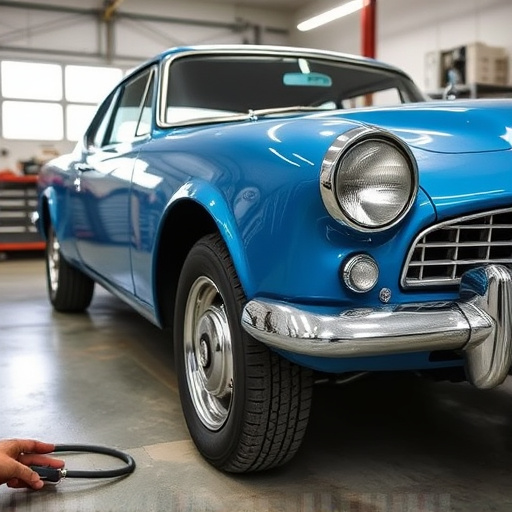
In many cases, a bent Mercedes rim can be straightened to look good as new. However, there comes a point when even the most skilled technicians will admit that straightening is no longer an option. While straightening techniques can restore a rim’s visual appeal, they have limitations. Extreme or severe bends might leave residual stress in the metal, making it vulnerable to future damage. Moreover, if the rim has suffered significant impact or structural compromise, such as cracks or deformations beyond the reach of straightening tools, replacing the rim may be the wisest course of action.
Considering that a Mercedes rim is not just a cosmetic feature but also plays a crucial role in wheel and tire performance, it’s important to remember that an auto repair shop with experience in bumper repair and other body work can accurately assess whether to straighten or replace. Unlike quick fixes offered by non-specialized auto repair near me, professional auto repair shops have the expertise and equipment to ensure a durable and safe solution, ensuring your vehicle maintains its sleek and reliable performance on the road.
Signs It's Time for a Replacement
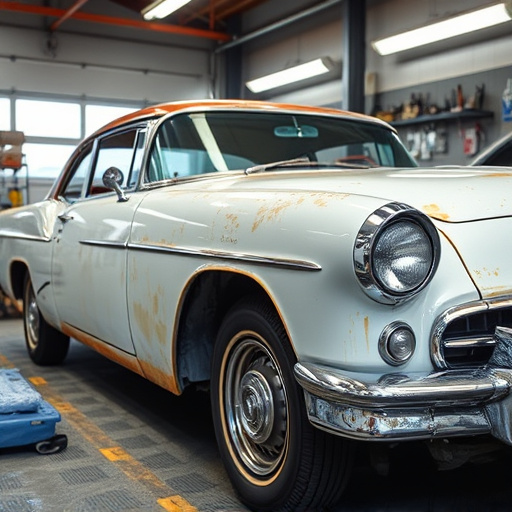
If your Mercedes rim is bent or damaged beyond repair, it’s time to consider a replacement rather than opting for straightening services. While auto body services like rim straightening can sometimes fix minor deformities, there are clear signs indicating that a complete overhaul is necessary. One of the primary indicators is severe dents or cracks in the rim’s structure. These defects not only affect the aesthetic appeal but also compromise the safety and performance of your vehicle.
Another significant factor to consider is the age and overall condition of the rim. Over time, especially with frequent use, rims can weaken due to exposure to harsh elements and regular wear and tear. If you notice rust spots, severe corrosion, or a significant loss of structural integrity, it’s best to consult a professional in car body restoration. They can assess whether replacing the rim is more beneficial than attempting to repair it, ultimately ensuring your vehicle maintains its optimal performance and safety standards.
In many cases, minor damage to a Mercedes rim can be effectively repaired through straightening. However, when the damage is severe or the rim has been subjected to repeated stress, replacement may be the best option. By understanding the signs that indicate when straightening is no longer adequate, owners can make informed decisions about maintaining their vehicle’s wheels and ensuring optimal performance and safety on the road.
